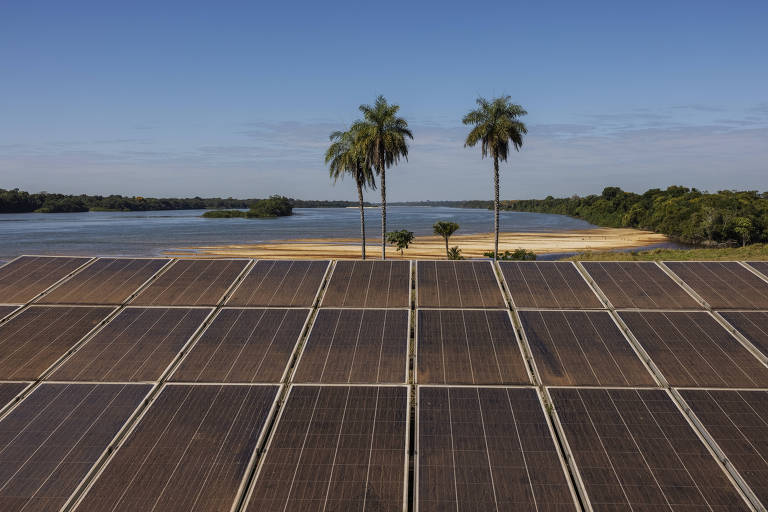Sunday, July 17, was a busy day near the eastern entrance to the Xingu Indigenous Land, an area belonging to the Kisêdjê people, near Querência (MT). Early in the morning, it was already possible to hear the noise of the machines operating in the woods next to the reserve. In the afternoon, the concern was the fire. It had been advancing for three days, giving the firefighters a lot of work.
The images of deforestation and fire were captured by the drone of Kamikia Kisêdjê, 38, an indigenous photographer and filmmaker whose cameras monitor the perimeters. Two years ago, land bordering a grain farm began to be illegally deforested. Kamikia's photos and videos became evidence to justify calling the authorities.
The Indigenous Land in the Xingu is not connected to the national electricity system. Much of the supply depends on diesel generators, which operate only a few hours at night. An action with a drone, like this, is only possible thanks to an additional component, the supply of solar energy.
Currently, all 120 villages in the indigenous territory have some photovoltaic generation system, with plates and batteries, which guarantees energy supply during the day and most of the night, especially in the dry winter months in the Midwest.
At least 108 communities have systems in collective areas. In the others, it is possible to find private plaques, implanted by the families themselves.
Translated by Cassy Dias
